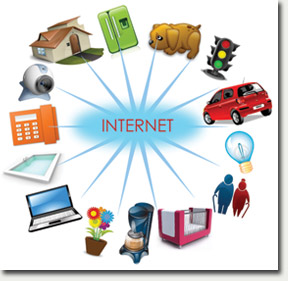 I love all my Apple products, I really do! Our Apple TV was so easy to set up, and works seamlessly with my iTunes, and my iPad and iPhone all work in lovely harmony! Not to mention my old and tired, yet still perfectly happy Macbook! Yes, in 2009 I drank the Koolaid, and have not looked back. Occasionally I will try another system, like the Samsung Galaxy mini-tablet, and discard it for it’s poor user experience. But still, I do use Google apps, Google Maps being far superior to Apple’s, and Chrome is a much better browser than Safari or IE! And I’m sure that most of my mobile devices have Qualcomm’s chips in them!
I love all my Apple products, I really do! Our Apple TV was so easy to set up, and works seamlessly with my iTunes, and my iPad and iPhone all work in lovely harmony! Not to mention my old and tired, yet still perfectly happy Macbook! Yes, in 2009 I drank the Koolaid, and have not looked back. Occasionally I will try another system, like the Samsung Galaxy mini-tablet, and discard it for it’s poor user experience. But still, I do use Google apps, Google Maps being far superior to Apple’s, and Chrome is a much better browser than Safari or IE! And I’m sure that most of my mobile devices have Qualcomm’s chips in them!
But back to IoT… Apple recently announced their new IoT platform or standard, HomeKit. I suspect that like iTunes, it will be closed for just it’s own ecosystem developers and users. Google in the meantime, with the acquisition of Nest (the smart thermostat and fire alarm gadgets) now has it’s own IoT platform, which they will use for attracting developers to create cool apps for the IoT in Google’s image!
But wait, that’s not all! There are now also various consortiums being started for the IoT. One of them is based on Qualcomm’s own Alljoyn! Qualcomm decided to make it into an open source framework, now part of the Allseen Alliance and is is a project of the Linux Foundation. It has attracted quite a “who’s who” as members, such as LG, Ciscos, and most recently Microsoft. What does all this mean? Well, it means that IoT is becoming mainstream! Apple, Google, Qualcomm, Microsoft, Cisco need to sell more devices, and now that between 2013 and 2017, mobile phone penetration will rise from 61.1% to 69.4% of the global population, they need the consumers to use these devices to manage all the other devices they want us to integrate into our lives. The vision that Ericsson painted in their video not too long ago, “Social Web Of Things” is almost here.
